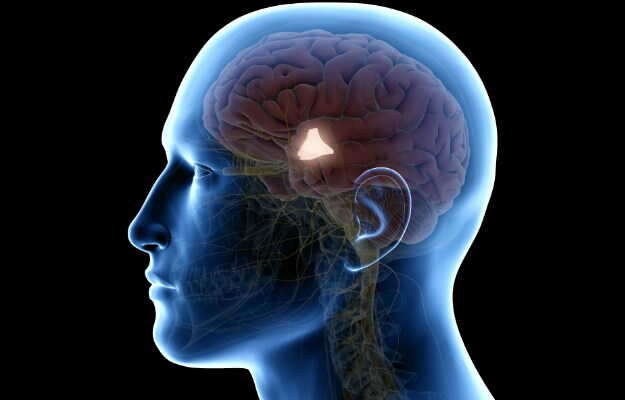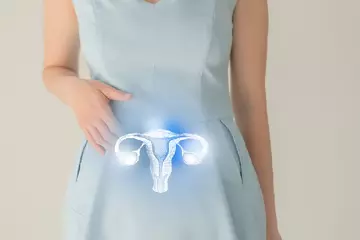What is muscular dystrophy (MD)?
Muscular dystrophy is a group of diseases that involves a progressive loss of muscle mass and weakness of muscles leading to life-threatening conditions.
There are different types of MD:
- Duchenne MD – seen in younger boys
- Myotonic dystrophy – progressive muscle weakness or muscle wasting where smaller muscles are affected first. It affects both men and women with equal frequency.
- Facioscapulohumeral MD – affects the face, shoulders, arms and calves
- Becker MD – mostly affects boys, but less severe than Duchenne MD
- Limb-girdle MD – affects the big muscles like shoulder and hip muscles
- Oculopharyngeal MD – begins in the later years of life (50 years and above) and affects the muscles of eyes and throat
- Emery-Dreifuss MD – begins in adolescence and involves muscle contractions in arms, neck and feet
What are its main signs and symptoms?
Early symptoms include:
- Abnormal gait
- Pain and stiffness in the muscles
- Difficulty in running and jumping
- Difficulty sitting up or standing
- Walking on toes
- Learning and speech disabilities
- Frequent falls
Progressive symptoms include:
- Limited movements
- Breathing problems
- Spinal curvature
- Weakened heart muscles
- Swallowing problems
- Reduced life expectancy
What are the main causes?
MD is a genetic disorder that occurs due to mutations in genes that are responsible for the production of a muscle protein called dystrophin. A family history of muscular dystrophy increases the chances of an individual being affected.
How is it diagnosed and treated?
Diagnosis:
- Investigation of symptoms like difficulty in standing, lifting objects or ability to play sports
- Analysing the family history
- Physical examination
- Blood test to assess creatine kinase that is released in the blood if muscles are damaged and to look for antibodies against muscle cells
- Electrical test on muscle and nerves to observe muscle contractions and nerve impulses
- Muscle biopsy that involves removing a sample of muscle tissue to examine for proteins under microscope
- MRI and CT scan to view detailed images of the affected muscles and identify the extent of muscle damage
- Chest X-ray, ECG and 2D echocardiogram to monitor breathing and heart symptoms
- Genetic testing to check for mutations in the dystrophin gene
Treatment:
- Currently, there is no cure for MD.
- Medications like corticosteroids and heart medications might help in slowing the progression of MD and alleviate symptoms. Eteplirsen is a new drug identified to treat Duchenne MD.
- General exercises can combat the inevitable inward movement of limbs.
- Breathing assistance to improve oxygen delivery
- Mobility aids that help the patient stay mobile
- Braces help keep the muscles and tendons stretched and flexible.
- Surgery is recommended to correct spinal curvature.

 Doctors for Muscular Dystrophy
Doctors for Muscular Dystrophy  OTC Medicines for Muscular Dystrophy
OTC Medicines for Muscular Dystrophy



















